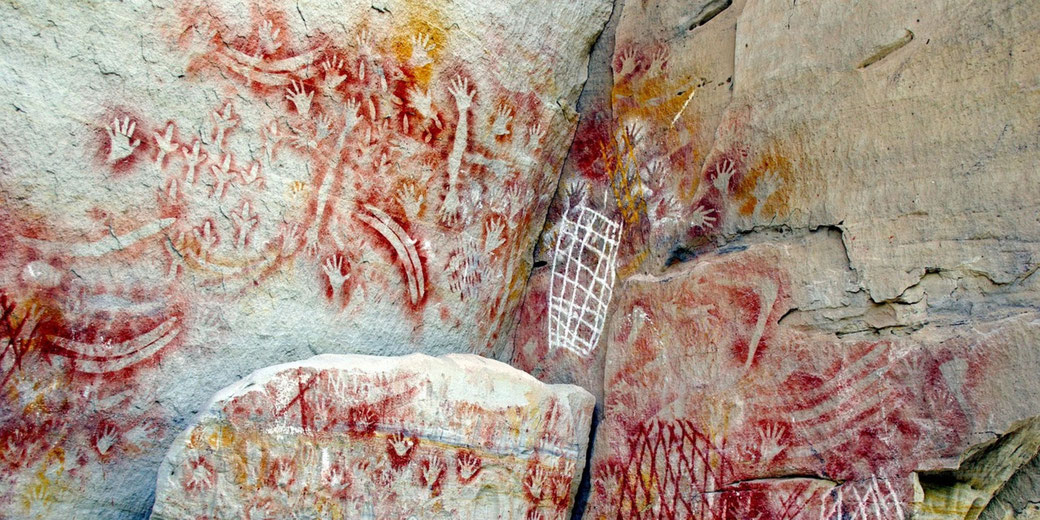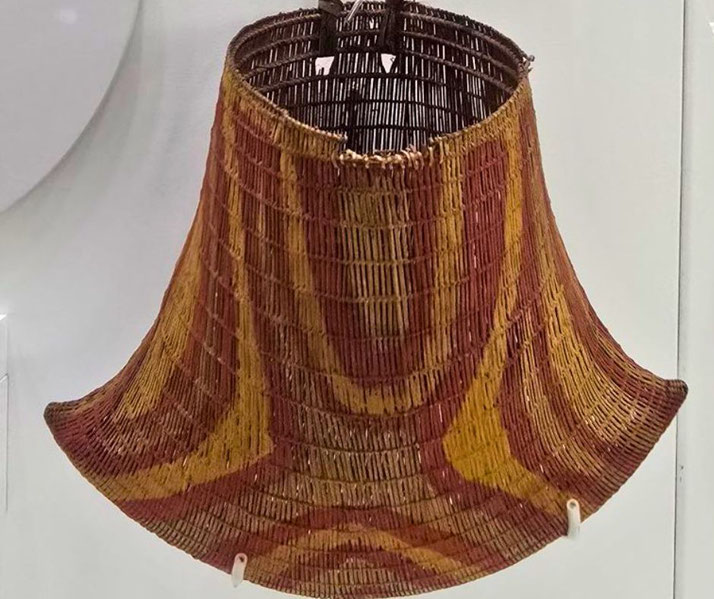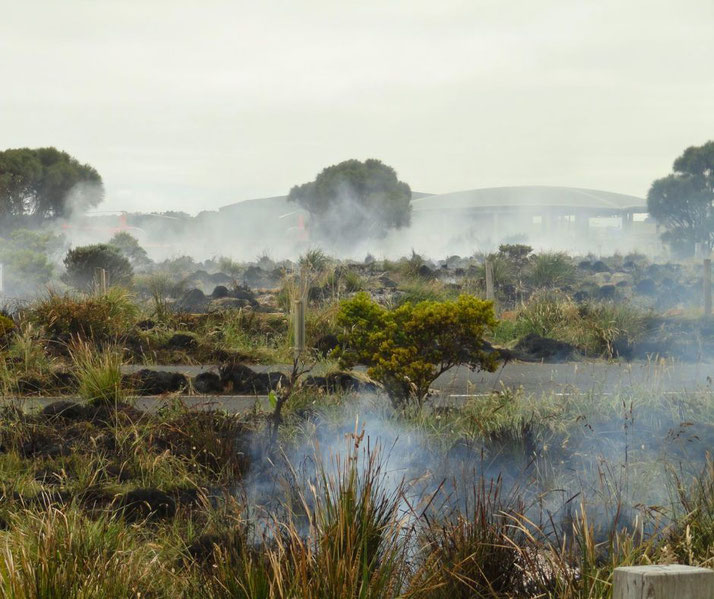Why First Nations Australians were pioneers in ancient technology and sustainability

Often referred to as Indigenous Australians, the early First Nations Australians were true inventors. Their technology covered different areas, from tools and weapons to land and water management.
Such advances were not just a result of their creativity, but also their deep connection with the land and nature.
Tools and weapons
One of the most well-known tools developed by the First Nations Australians is the boomerang.
While many of us think of it as a toy that returns when thrown, its first use was much more practical.
Made from wood, the boomerang was used for hunting because its unique shape allowed it to travel long distances and hit targets with accuracy.
In different parts of Australia, different types of boomerangs were made, and each was suited the specific local environment and the type of game it was used to hunt.
Another important invention was the wooden spear-throwing device known as a woomera.
It increased the power and range of a thrown spear, giving hunters a significant advantage.
The woomera was particularly useful in open areas where staying hidden was challenging.
Daily life
The early First Nations Australians also developed methods that made daily life easier and more efficient.
For instance, they created woven baskets made from local plants that were used to carry food, water, and other basic items.
Different regions had their own weaving styles, which showed the unique materials available in each area.

In art and communication, they used ochre, a natural clay, to paint on rocks and in caves.
Paintings like these tell stories of their daily life, beliefs, and important events.
Once more, each region had its own style and symbols, which showed the range of cultures across the continent.
Land and water management
The First Nations Australians were experts in land and water management because they practiced what is known as 'fire-stick farming'.
Fire-stick farming meant that they set controlled fires to clear undergrowth, help certain plants grow, and control pests.
By doing so, they ensured that the land remained fertile so they had a steady supply of food.

Likewise, water was a valuable resource in Australia's often dry environment and was managed with great care.
As a result, the First Nations people sometimes created a system of channels and weirs to be able to direct water flow so that it reached where it was needed most.
when they did this, they were able to not only support their communities but also help the local ecosystems in times of drought.
Agricultural practices
The First Nations Australians were creative and practical in their agricultural practices.
In Victoria, the Gunditjmara People built a detailed system of channels and dams at Budj Bim, which provided a reliable food source and enabled trade by trapping and farming eels.
These eel traps were made of volcanic rocks, whiched showed that they had developed some engineering skills with their understanding of local aquatic ecosystems.
In a similar fashion, further north, on the Gold Coast, the Kombumerri People developed special methods for harvesting molluscs.
They managed the mollusc numbers in a sustainable way so they had a steady supply without depleting the resource.
Again, in New South Wales, the Ngemba People of Brewarrina showed their ingenuity in the use of stone fish traps.
Traps like these, considered one of the oldest human-made structures in the world, were designed to catch fish as they moved upstream.
Each of these practices shows the First Nations Australians' strong connection to water and their ability to use its resources in a sustainable way.
What do you need help with?
Download ready-to-use digital learning resources
Copyright © History Skills 2014-2025.
Contact via email
With the exception of links to external sites, some historical sources and extracts from specific publications, all content on this website is copyrighted by History Skills. This content may not be copied, republished or redistributed without written permission from the website creator. Please use the Contact page to obtain relevant permission.





